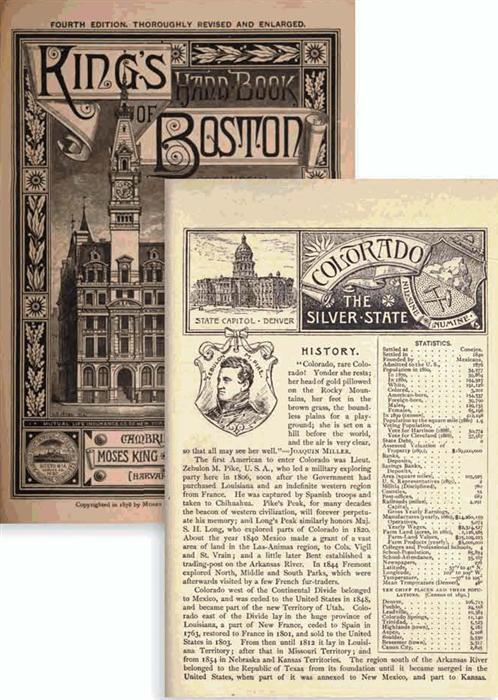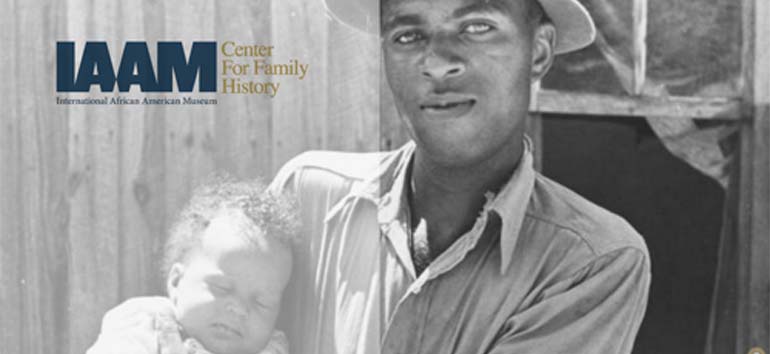Sign up for the Family Tree Newsletter Plus, you’ll receive our 10 Essential Genealogy Research Forms PDF as a special thank you!
Get Your Free Genealogy Forms
"*" indicates required fields
Our ancestors got their travel advice in the predecessors of the reliable TripTik: old travel journals, handbooks and guidebooks. You can use the same volumes to envision your forebears’ voyages, glimpse everyday life in their hometowns, and pick up genealogically useful tidbits such as the names of local organizations, notable residents and places.
So before you plan your next vacation or research trip, check out the types of old-time travel tomes outlined here — as you’ll see, they’re easy to find (even without AAA’s help). Then follow one of the tours and see what’s still around from your ancestors’ era. You’re sure to add unexpected and interesting details to your family history.
Travel journals
At <www.historymatters.gmu.edu/d/6524>, you can read Sarah Kemble Knight’s diary of her 1704 journey from Boston to New York and back. Such first-person accounts give you a true sense of what travel was like for your ancestors. You’ll find other past travelers’ digitized journals at the Library of Congress’ American Memory Web site <lcweb2.loc.gov/ammem/ndlpcoop/moahtml/mncsptravel.html> and Making of America <www.hti.umich.edu/m/moagrp> (using the basic search, look for books with the world travel and/or specific state name in the titles).
King’s handbooks
Moses King – a 19th-century counterpart to Steve Birnbaum – compiled a series of destination guides for Northeastern cities including Boston, Providence and New York, as well as a nationwide volume. These “profusely illustrated” tomes describe the histories of buildings and organizations; new, updated editions came out annually. A few have made their way online: You can view or download the fourth edition of King’s Handbook of Boston through Google Books <books.google.com> (search for the title) and the 1891 King’s Handbook of the United States at <www.archive.org/details/Kingshandbookofullsweerich>. Use WorldCat <worldcat.org> to locate others you can request via interlibrary loan, of bid for ones on eBay <ebay.com>
WPA guidebooks
During the 1930s, the Works Progress Administration published the American Guide Series covering the 48 states plus Washington, DC. Each state’s guide combines tours and history, presenting a variety of motor and foot itineraries for highlighted sites, as well as trivia, literary references and short histories of places along the way. Many of these have been reprinted; try an Amazon.com <amazon.com> search on wpa guide plus your state of interest.
Auto travel guides
As travelers began hitting the roads in their automobiles, guidebooks became more directional than informational: Driving instructions, road conditions and distance measurements replaced the travel trivia in older guides.
Typically produced by private publishers, old auto guides are easy to get through historical societies, libraries and used book dealers such as Bookfinder.com <www.bookfinder.com>. Look for titles such as The Red Book Interstate Automobile Guide (Blanchard & Co.) and The Metropolitan Automobile Guide: A Selection of Short Trips from New york to Nearby Shore, Hill and Lake Resorts (The Automobile Blue Book Publishing Co.). In online catalogs, you’ll find them under the Library of Congress subject heading Automobile Travel – State – Guidebook.
ADVERTISEMENT





